Growing old is a gift, and the lines and wrinkles that result are small testaments to all that we have experienced and achieved so far. But this does not mean that we should not continue to take care of our skin.
Whether or not you have started to have wrinkles and lines, your skin has probably started to produce less of what it had in abundance when you were younger.
Squalane and hyaluronic acid are two key ingredients to watch out for when choosing skin care products that will increase your need for them as you age.
What do you need to know about squalane and hyaluronic acid?
How can you be sure that the products you choose will take effect and won’t end up causing skin irritation or problems?
Fortunately, you don’t need a master’s degree in biology to figure this out, because the research has already been done. Here is a brief summary of the most important things to know about squalane and hyaluronic acid and how they contribute to skin health.
Squalane
(sinking pronunciation)
The skin produces a natural fat called squalene (yes – lene, not lane). It’s not just us humans that do this, sharks produce squalene too!
Squalene is an emollient, which means it is a humectant. It helps keep the skin soft and moisturized by forming a protective barrier and preventing moisture loss.
As we age, we naturally lose some of this production, which means drier, less hydrated skin. What’s the solution? Squalane (with wool, not lean!).
Squalane is a sustainable fat derived from the remains of sugarcane. Being plant-based, it is an animal-friendly option for use on the skin (unlike squalene, which is derived from shark liver). The skin easily absorbs this colorless and odorless ingredient because its chemical composition is almost identical to that of natural skin oils.
Advantages:
Squalane is natural, sustainable, easily absorbed by the skin, and has properties that can help soothe red, itchy, and irritated skin.
Disadvantages:
What are the negative aspects? There are actually none. Squalane is an excellent ingredient that works well for virtually all skin types. Because squalane is so similar to the skin’s natural oil, it is also suitable for problem skin. It does not clog pores or cause irritation as other moisturizing ingredients can.
Do you have dry skin and want to try squalane? Here are some tips:
Rich in nutrients, gentle and effective plant ingredients, plus plenty of squalane. Cranberry seed oil provides effective hydration for a strong skin barrier, while vitamin C-rich sea buckthorn oil soothes with protective antioxidants.
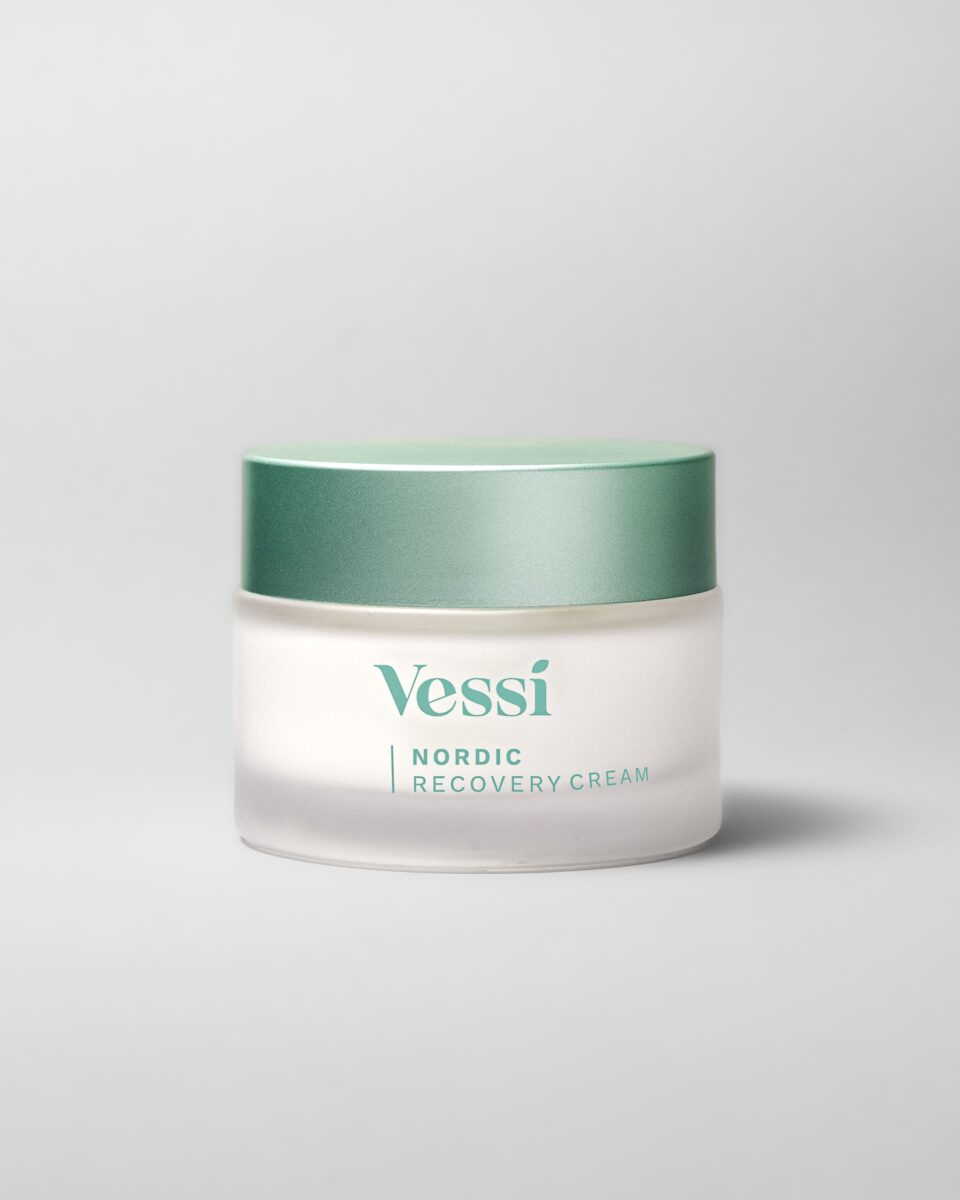
The hand cream for silky-soft hands. Squalane is one of the key ingredients along with moisturizing hyaluronic acid, shea butter and a nourishing blend of oat seed oil and cranberry oil. This is a hand cream rich in moisturizing and nourishing properties for the hands.
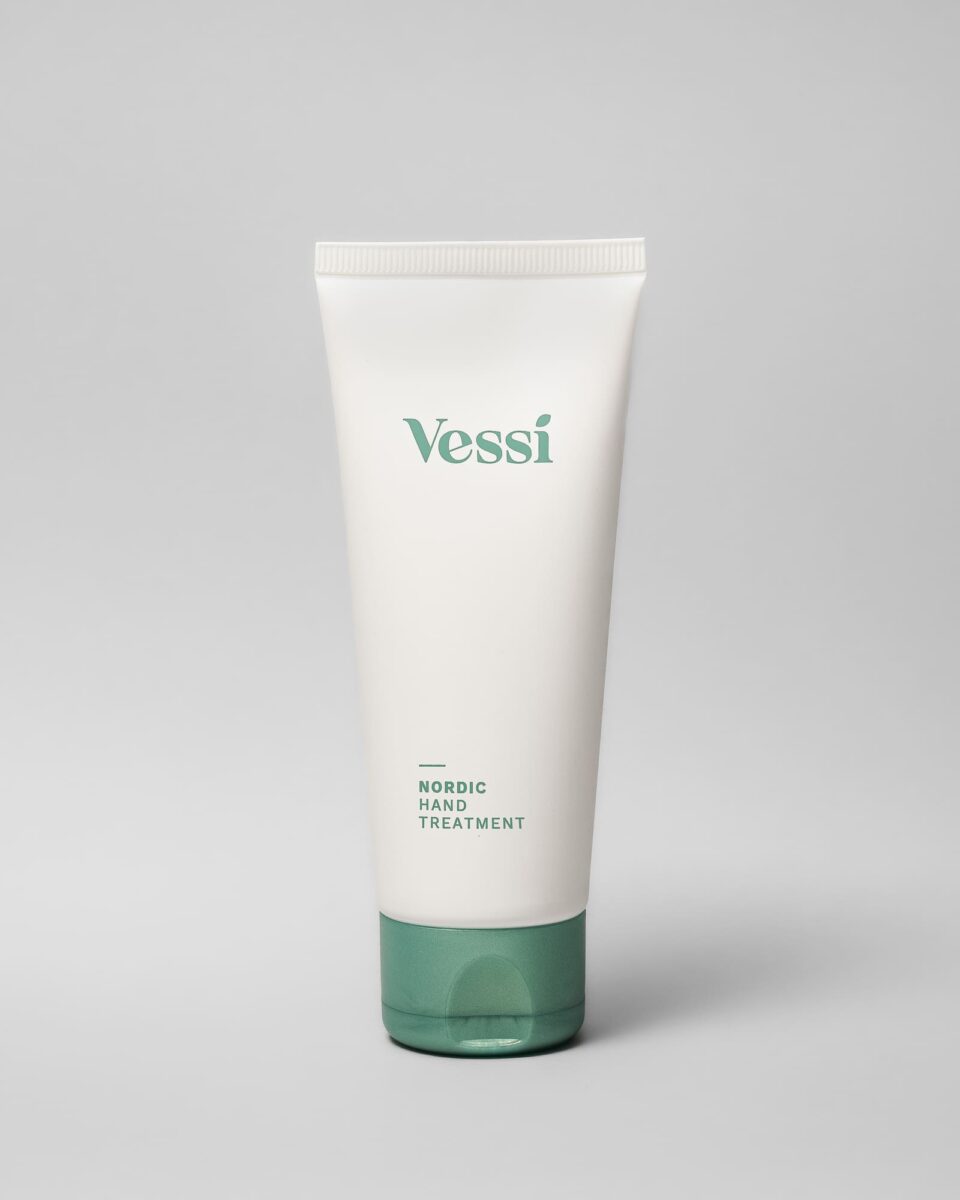
A lightweight, moisturizing and firming eye cream enriched with antioxidants from northern sea buckthorn berries. It also contains high levels of squalane and shea butter to moisturize, soften and strengthen the skin barrier.

A nourishing cream specially formulated to hydrate the skin of the neck and chest, firming, smoothing and helping to reduce wrinkles, spots and lines. It contains squalane in combination with hyaluronic acid (more on that soon), oat and cranberry oil, and salicylic acid for gentle exfoliation.

Squalane alone is a great ingredient for boosting skin moisture levels and compensating for the hydration we naturally lose as we age.
But like all superheroes, it is even better when it has a companion.
Hyaluronic acid
It is actually a bit of a misnomer to call it an adjuvant, because it has the same powerful effect on the skin as squalane.
Hyaluronic acid occurs naturally in the body and, like collagen, helps keep skin firm and tight. And what happens when you get older? Well, you also reduce the amount of it. Your skin produces less hyaluronic acid as you age.
Our solution is to use a form of hyaluronic acid called Cristalhyal®, which has a chemical structure identical to the hyaluronic acid found naturally in our skin. This means that it is better tolerated by the skin and has the same effects as natural hyaluronic acid.
The result is a form of hyaluronic acid that has a strong ability to attract and retain moisture and to protect against external influences that take it away. When moisture remains in the skin, it becomes smoother, firmer and softer.
Advantages:
Hyaluronic acid hydrates and acts as a water reservoir for the skin. It also has properties that reduce wrinkles and help tighten skin. Hyaluronic acid also helps maintain healthy skin cells.
Disadvantages:
Absolutely not: the hyaluronic acid we use in our products is effective, but also very gentle, because its chemical structure is exactly the same as the natural hyaluronic acid found in the skin. It is therefore also suitable for sensitive skin.
Adding a hyaluronic acid serum to your skin care routine is an easy way to strengthen your skin and help increase hydration levels as you age.
Do you have dry skin on your face? Then you should try the combination of birch sap and hyaluronic acid, two of the key ingredients in this wonderful firming and moisturizing face serum. Birch sap contains high levels of vitamins, minerals and antioxidants, which have a calming effect on the skin — and when combined with hydrating hyaluronic acid, the effect is even better.
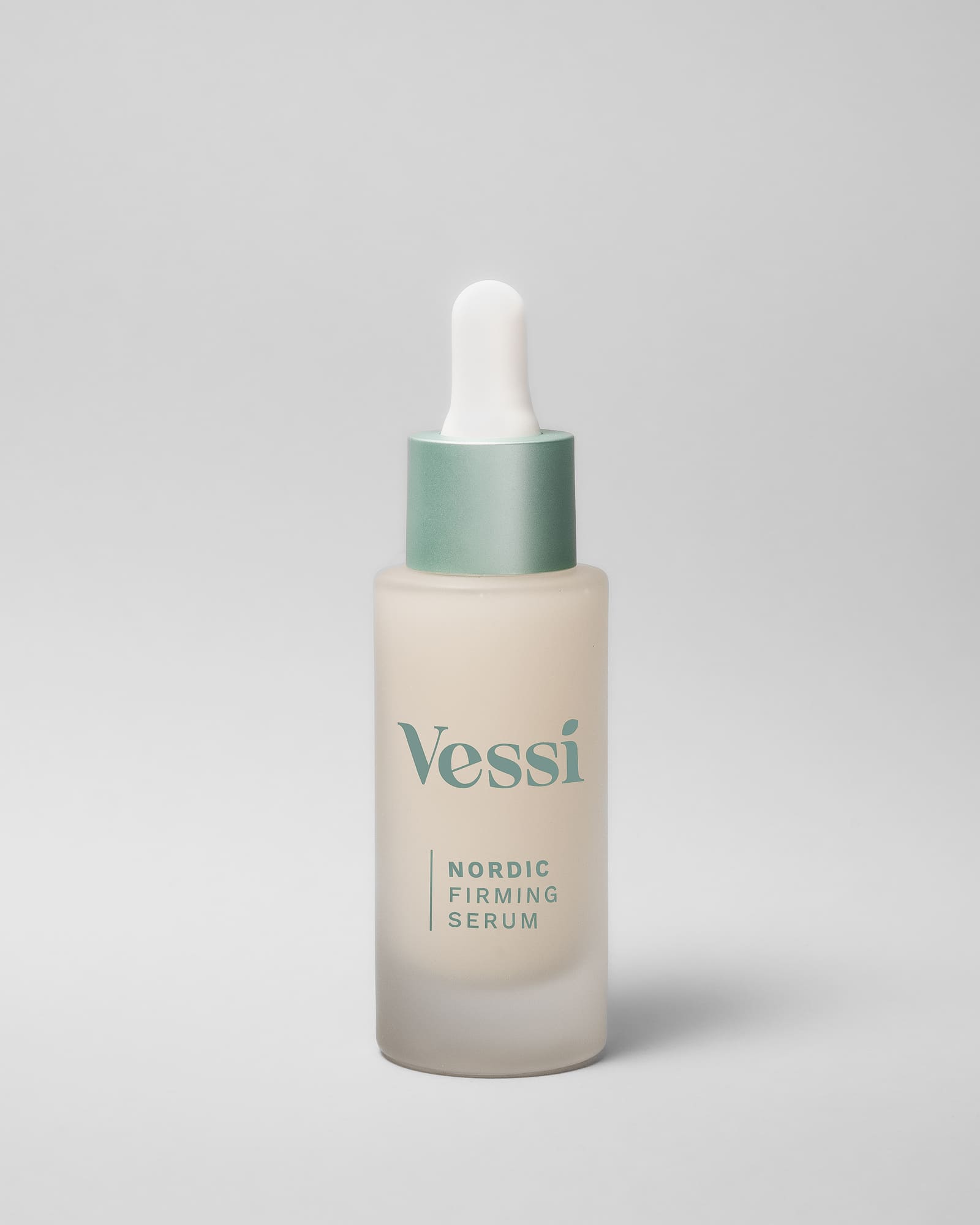
Dry skin on the body? This is a richly textured body cream full of moisturizing and nourishing ingredients. Hyaluronic acid is one of the key ingredients, along with cloudberry extract to improve elasticity and northern blueberry oil to strengthen the skin barrier. It also contains 3% niacinamide to improve and smooth the skin surface.
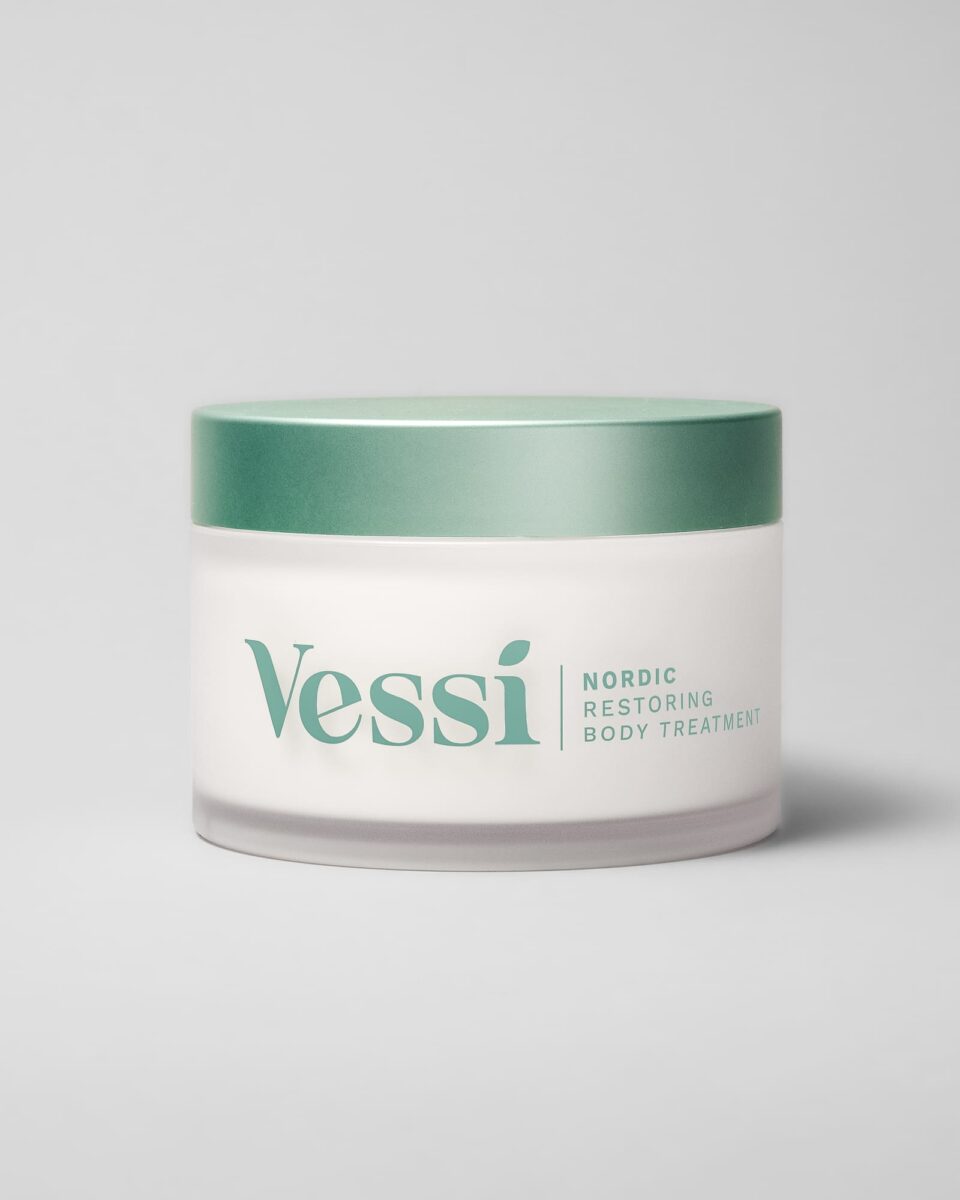
Is your facial skin craving something more? This gel mask with hyaluronic acid works wonders for dry, dull, lifeless skin. It also contains blueberry extract, which repairs and protects.
If your skin is particularly dry, you can apply the mask at night before going to bed and rinse it off in the morning. The result is soft, moisturized skin.
For greater effect, use this moisturizing mask immediately after exfoliating with the Nordic Exfoliating Face Scrub-you will immediately see the difference with brighter, more hydrated skin.
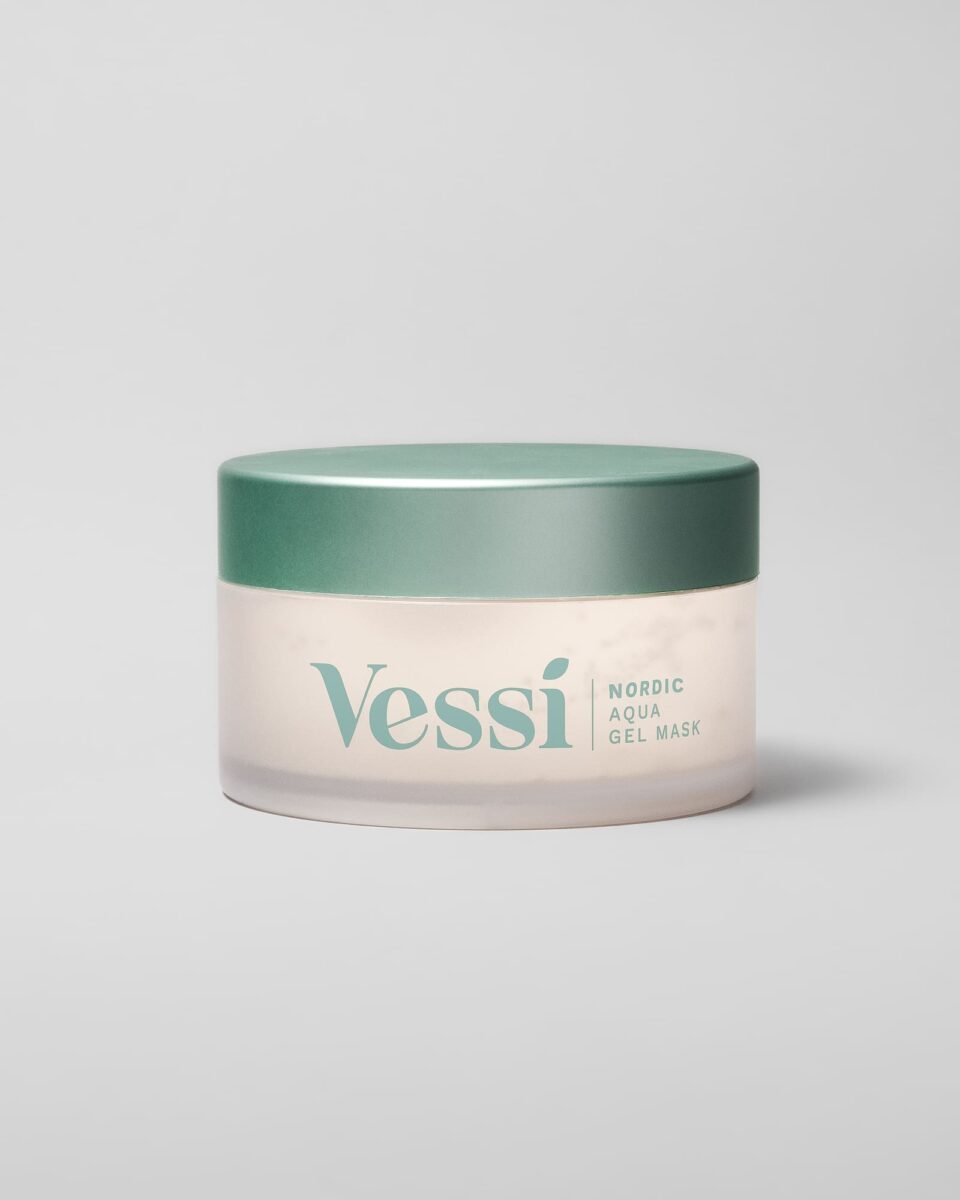
Vessi combines ingredients that make skin care simple, targeted and effective, even as skin ages.
What actually happens when the skin ages?
Collagen and elastin production
Two proteins found in abundance in our bodies have fundamental functions. Collagen and elastin are found in tissues such as bones, tendons, joints and muscles, but also in the skin. And they are in large numbers.
Collagen is the protein that helps skin stay plump and firm. As skin ages, it begins to produce less and less collagen. In fact, collagen production in the skin begins to decline as early as age 20.
In women, the first five years after menopause can result in collagen loss of about 30 percent. With the loss of collagen, you will notice that the skin becomes looser and emptier, perhaps especially under the eyes and on the cheeks.
Elastin is another protein found in the skin. Elastin acts like a small rubber band and makes the skin bounce when it is stretched. When elastin production begins to decline, the skin begins to sag even more, making wrinkles and lines more visible.
The reduction in collagen and elastin is a natural consequence of aging. In addition, as the skin ages, it also becomes drier.
Dryness
The skin is constantly renewing itself. When new cells are formed, old ones are pushed to the surface and washed away when you wash your face. This phenomenon is called cell renewal.
The faster the skin renews itself, the healthier and more hydrated the skin can be.
As we age, cell renewal slows down. In young adults it takes 28-30 days to renew the skin, while in older people it takes 45-50 days. In fact, in older people it can take up to 90 days. When the skin takes longer to renew, it is also found that the skin produces less of the oils and fats it needs to moisturize and protect itself. This makes the skin much drier.
But what about the free radicals?
Less collagen, less elastin and dry skin. We don’t like that.
And unfortunately, it doesn’t stop there.
Free radicals can also negatively affect the skin.
To understand what free radicals are and how they damage the skin, we need to take a trip back to high school science class.
Everything is made of molecules, and molecules prefer to be balanced with two electrons.
Free radicals are molecules that have only one electron and therefore are not in balance. They will do anything to get an extra electron to restore balance.
And they steal them from other molecules in equilibrium, such as those in skin cells.
When they steal electrons from another molecule, they also cause damage to the cell in which the molecule is located.
The damage caused by free radicals manifests itself in the form of skin sagging, age spots, or fine lines. Some damage is entirely natural, while others accelerate this process. Free radicals come from sources such as:
- UV Rays
- Pollution from exhaust gas and cigarette smoke
- Vapors from certain cleaning products
Vessi provides the skin with nourishment and protective moisture.
As early as age 20, the skin begins to change. These changes happen over time, but certain factors, such as exposure to free radicals, can cause your skin to change much faster than it should.
By adding squalane and hyaluronic acid to your skin care routine, you can add huge amounts of hydration to your skin and help keep it smooth, plump, and radiantly healthy, regardless of age.
